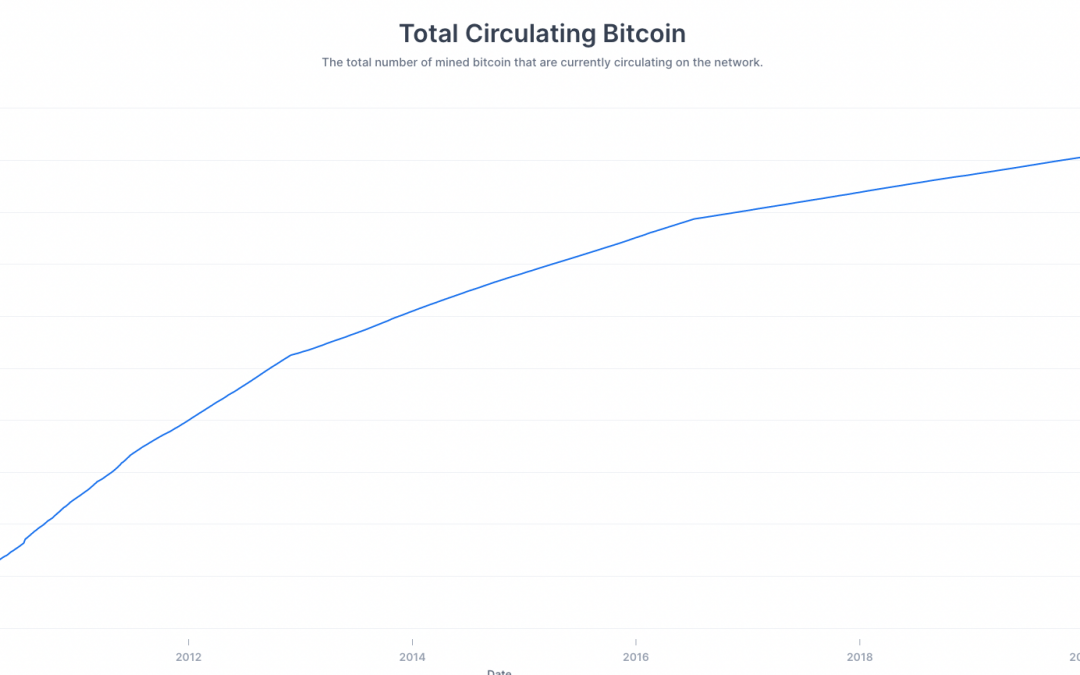Total circulating Bitcoin (BTC) hit a significant milestone on Monday morning, one and a half years after the last Bitcoin halving, as 90% of the maximum total supply has been mined.
Current data from Blockchain.com shows Bitcoin in circulation hit 18.899 million as of Monday, meaning only 10% of the total supply is left to mine. While the first 90% of BTC took about 12 years to mine, the rest will take a little longer.
Bitcoin has a hard cap of 21 million coins set by its anonymous creator Satoshi Nakamoto. This limitation is written in Bitcoin’s source code and enforced by network nodes. The hard cap on Bitcoin is critical to its value proposition as a currency and an investment tool.
As detailed by Cointelegraph, it will take 119 years from now to complete the Bitcoin mining process due to the rate of producing new Bitcoin being cut by half every four years in a pre-determined protocol execution, also known as the Bitcoin halving.
Related: The history of Bitcoin: When did Bitcoin start?
Since the Bitcoin blockchain only creates new BTC as a reward for miners verifying new blocks, the halving ensures less Bitcoin is produced as the total circulating supply increases. Since May 2020, miners have earned 6.25 Bitcoin for every new block verified. This rate will decrease to 3.125 BTC per block in the next halving in 2024.
By 2040, the block reward will have reduced to less than 0.2 BTC and only 80,000 Bitcoin out of 21 million will be left up for grabs. The last Bitcoin will take close to 40 years to mine.
Bitcoin’s price started the week with a fresh rejection of $50,000 as the end-of-year close is fast approaching. It is almost 30% down from its all-time high of $68,789 reached on Nov. 10 at the time of publishing.














